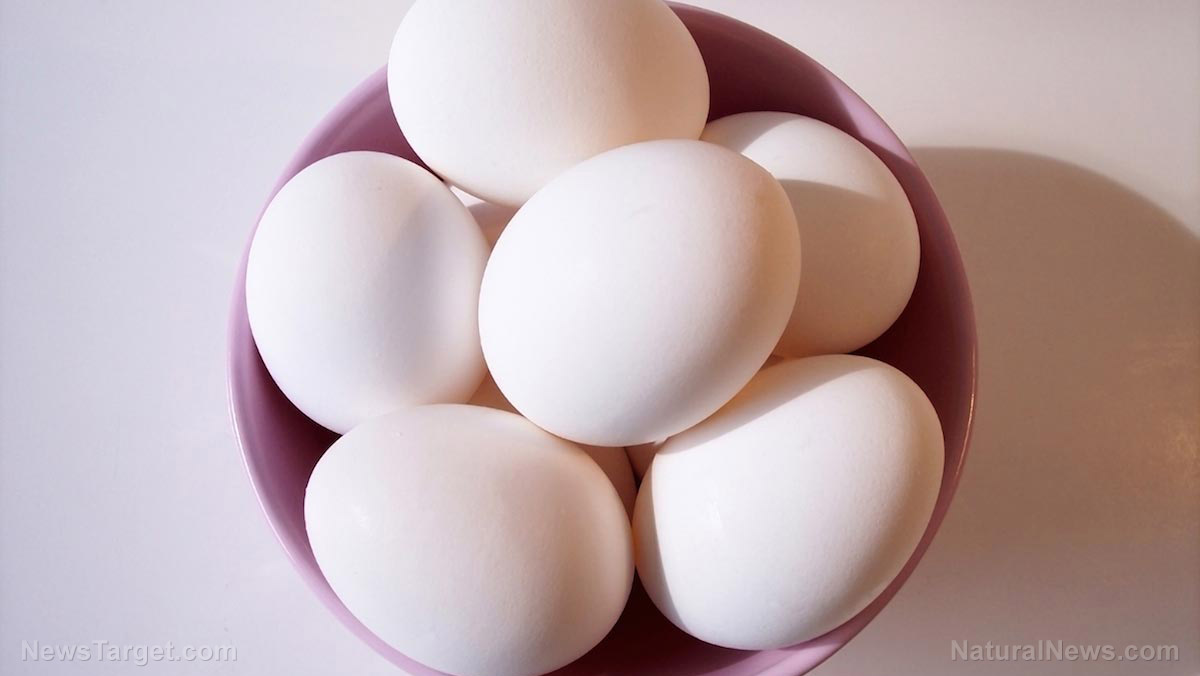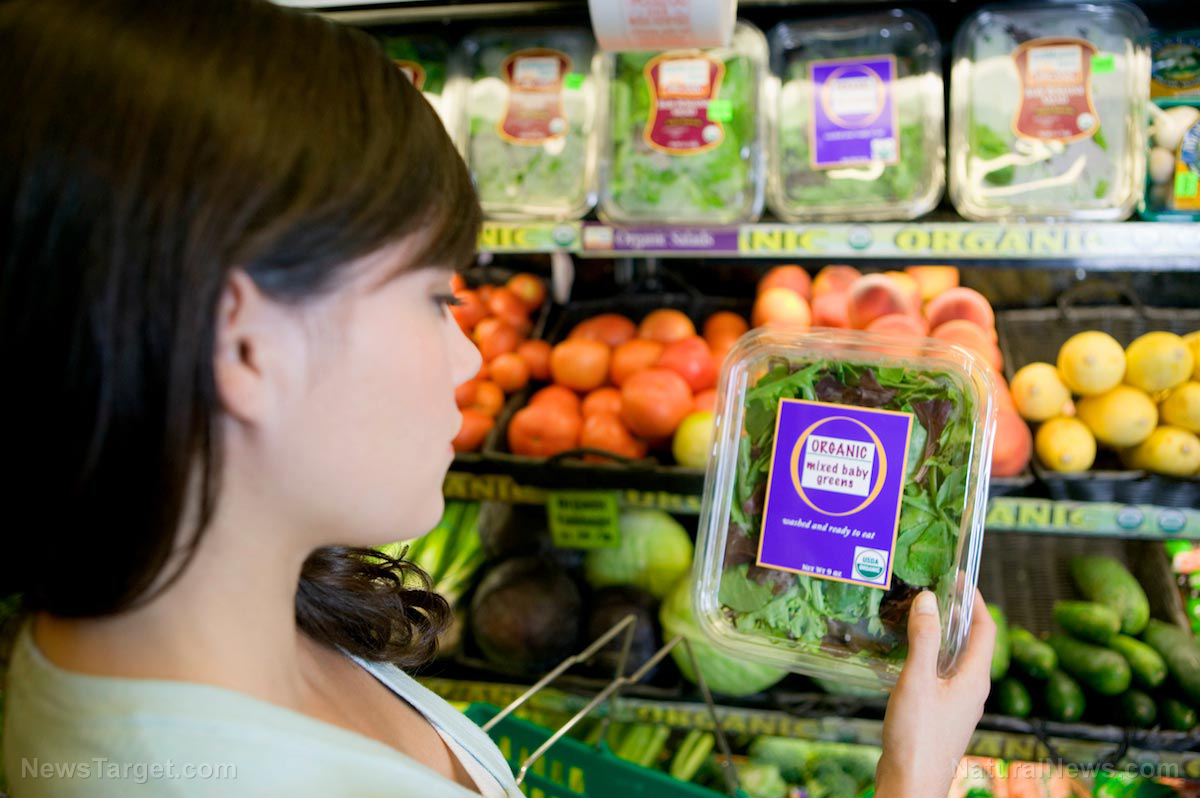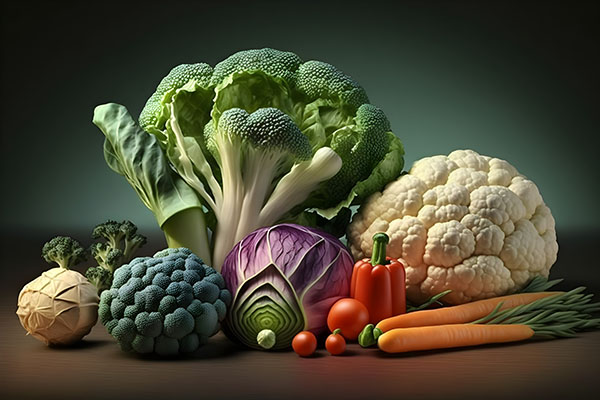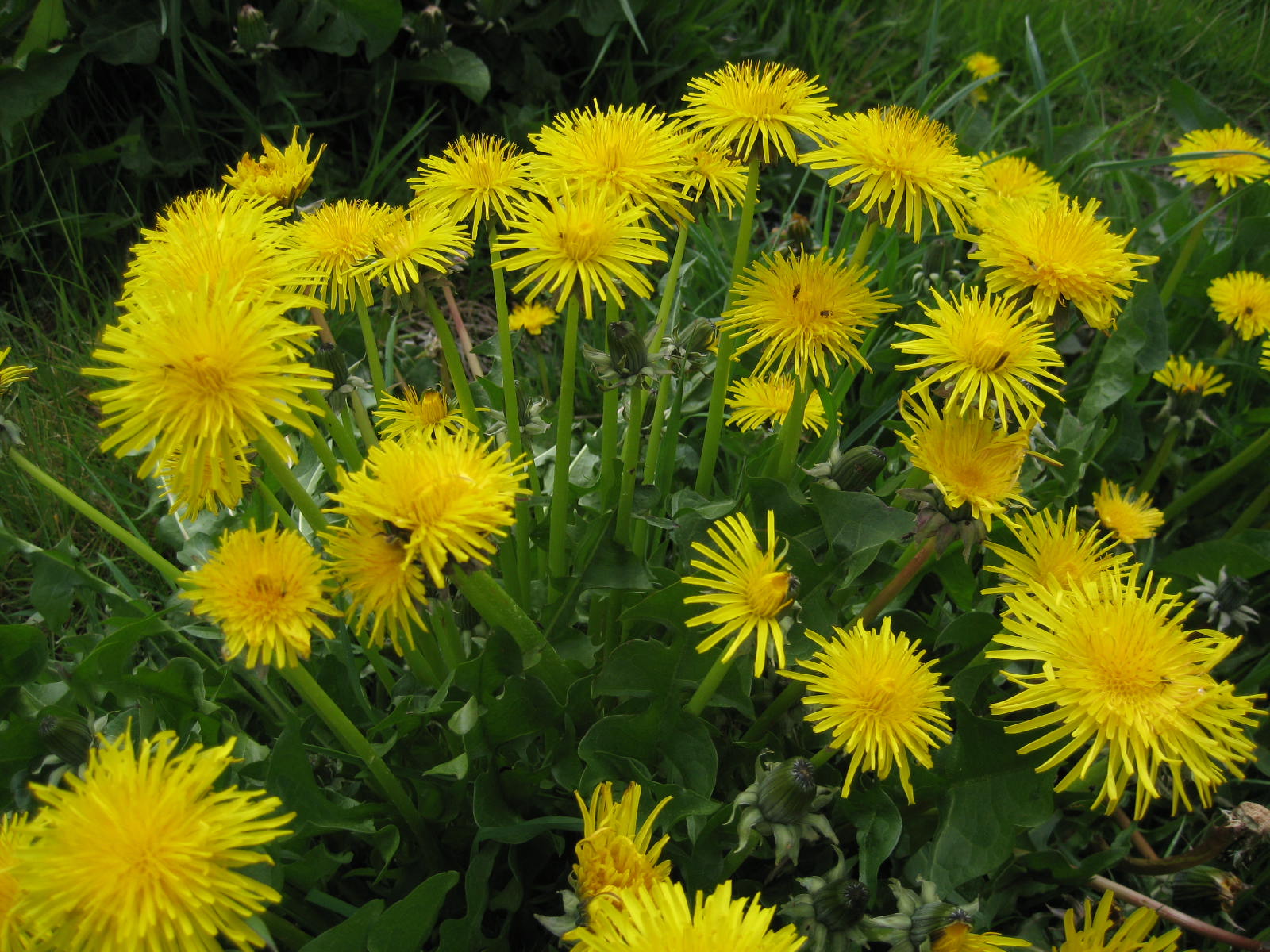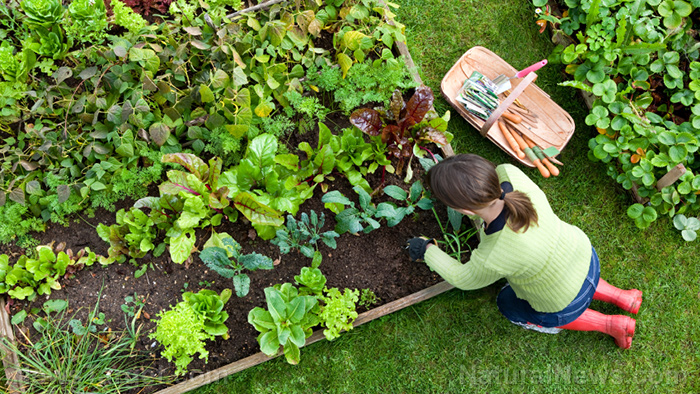Cultivating abundance: Expert tips for growing potatoes and sweet potatoes
07/10/2025 / By Evangelyn Rodriguez
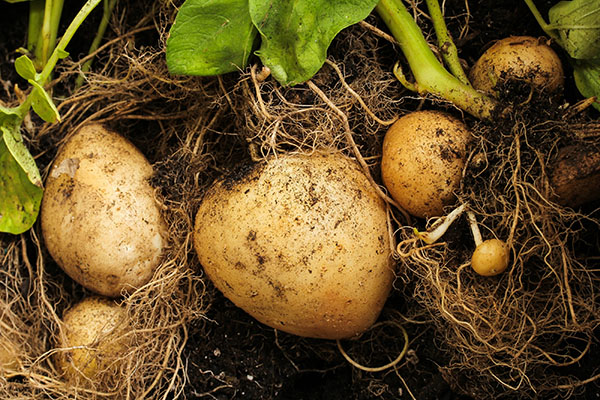
- Rising food prices and supply chain issues are driving interest in home gardening, particularly for calorie-dense staples like potatoes and sweet potatoes.
- Sweet potatoes thrive in loose, well-draining soil, while potatoes prefer slightly acidic, loamy soil with careful attention to temperature and nitrogen levels.
- Use disease-free slips for sweet potatoes and certified seed potatoes for optimal yields, adjusting strategies for determinate and indeterminate potato varieties.
- Risks include soil mismanagement, pests and weather setbacks — contingency planning and proper curing and storage are crucial.
- Self-reliance, food security and flavorful harvests make these crops worth the patience and precision they require.
In an era of rising food prices and supply chain uncertainties, more people are turning to home gardening as a way to secure nutritious, affordable produce. Among the most rewarding crops to cultivate are sweet potatoes and potatoes — versatile, calorie-dense staples that thrive in the right conditions. Whether grown in backyard plots or raised beds, these tubers offer a reliable yield when planted with proper soil preparation, timing and care.
But achieving a bountiful harvest requires knowledge that will allow you to avoid common pitfalls such as soil mismanagement, disease and improper planting techniques. (Related: Cultivating a greener future: The timeless wisdom of Carla Emery’s “Growing Your Own Vegetables”.)
The sweet spot for sweet potatoes
Sweet potatoes flourish in loose, well-draining soils — preferably loamy to sandy. Heavy clay soils spell trouble as they resist lightening even with amendments, and excessive compost or manure can degrade tuber quality. For optimal growth, gardeners should prepare the planting area by spreading a thin layer of well-rotted manure or compost and thoroughly tilling the soil. Forming raised beds — about six to eight inches high and four feet apart — ensures proper drainage, a critical factor for success.
Planting material can come from vine cuttings or rooted shoots (also known as slips), spaced 15 inches apart. Alternatively, clusters of three seedlings per hill (spaced four feet apart) work well in moderately fertile soil. According to agricultural experts, each plant can yield eight to twelve sizable tubers under ideal conditions — that is, long, warm summers with moderate soil fertility. However, yields drop sharply in cooler climates like in the northern U.S., where growers may harvest only one pound per linear foot.
A crucial consideration is sourcing disease-free planting stock. Sweet potatoes, like their Irish counterparts, are prone to viral infections and mutations. Commercial growers often propagate from tissue-culture clones to ensure purity, boosting yields by up to 30 percent. For this reason, purchasing shoots from reputable suppliers can make or break a harvest.
Mastering the humble potato
Potatoes, meanwhile, demand a different but equally methodical approach. They perform best in loamy, slightly acidic soil enriched with compost or manure, with an ideal pH between 5 to 6. Although potatoes are adaptable, soil temperature at planting time is nonnegotiable: Below 50 F, seeds risk rotting. Meanwhile, overly nitrogen-rich soil spurs lush foliage at the expense of tubers.
Determinate and indeterminate varieties influence planting strategies. Determinate types, which form tubers in a compact zone near the seed, suit shorter growing seasons and containers. Indeterminate varieties, extending tubers along buried stems, excel in deep beds or bags. For northern growers like those in Zone 5B, determinant cultivars often prevail, whereas warmer regions may favor sprawling indeterminates.
Timing is everything. Two annual plantings — early spring for midsummer harvest and early June for winter storage — maximize output. Certified disease-resistant seed potatoes minimize blight and scab risks, though vigilance against pests (like frost and rodents) remains essential. Over-fertilization, a common mistake, must be avoided; balanced soil tests can guide proper nutrient application.
Lessons from the field
Even seasoned gardeners face setbacks. You can lose an entire crop to unseasonable cold and rain, prompting a frantic seed replacement. Such mishaps underscore the value of contingency planning — whether through local seed swaps or trusted suppliers. Container experiments have also revealed limitations: While feasible, bag-grown potatoes often underperform compared to raised beds, returning marginal yields for the effort and soil costs.
Harvesting requires timing and finesse. Sweet potatoes mature fully before frost, while potatoes signal readiness when their foliage yellows and dies back. Gentle digging prevents damage, and curing tubers in dry, cool conditions extends storage life. For sustainability-minded growers, saving select tubers as next year’s seed completes the cycle.
Rooted in resilience
For home gardeners seeking food security and flavor, sweet potatoes and potatoes deliver unparalleled returns. Their cultivation marries patience with precision — respecting soil needs, weather patterns and genetic vigor. Yet the reward transcends practicality: There’s undeniable satisfaction in unearthing a homegrown haul, knowing each tuber represents self-reliance nurtured from the ground up. (Related: Potatoes and sweet potatoes: Differences, nutrient profiles and healthy ways to prepare them.)
In a world of uncertainty, that’s a harvest worth digging for.
Homesteading.news has more tips on how to start a food garden.
Watch the following video to learn how to grow potatoes in hay.
This video is from the HealthPetal channel on Brighteon.com.
More related stories:
Kenyan researchers evaluate method of growing potatoes using air.
Want bigger, healthier potatoes? Use straw mulch; it improves soil quality and suppresses weeds.
Avoid these common mistakes when growing potatoes.
Sources include:
Submit a correction >>
Tagged Under:
agriculture, emergency food, food freedom, food supply, green living, harvest, home gardening, homesteading, off grid, organic farming, organics, potatoes, preparedness, prepper, prepping, survival, survival food, sweet potatoes, tips
This article may contain statements that reflect the opinion of the author
RECENT NEWS & ARTICLES
COPYRIGHT © 2017 FOOD SUPPLY NEWS


